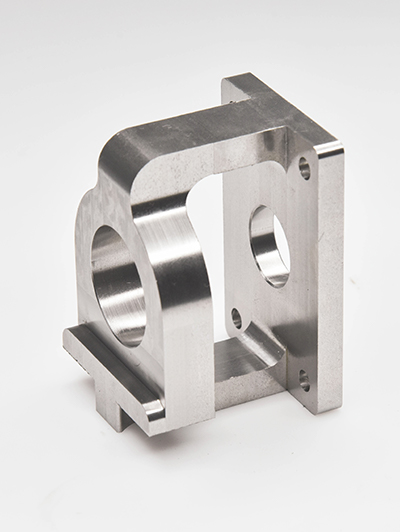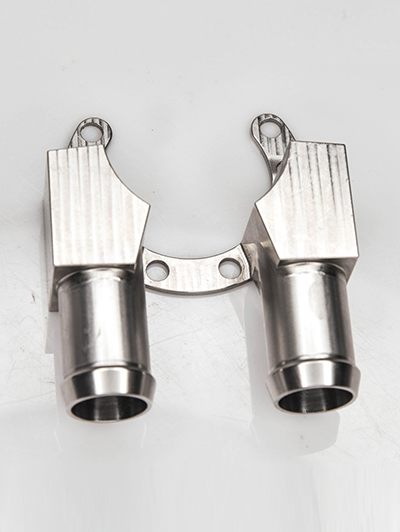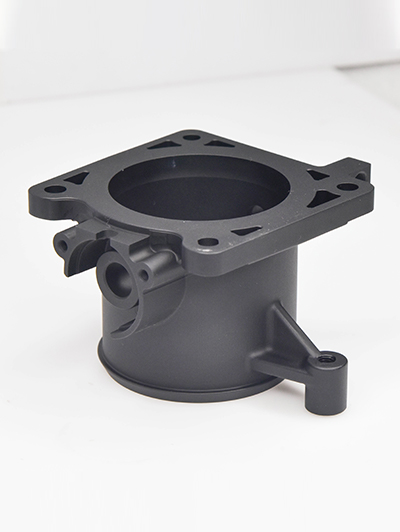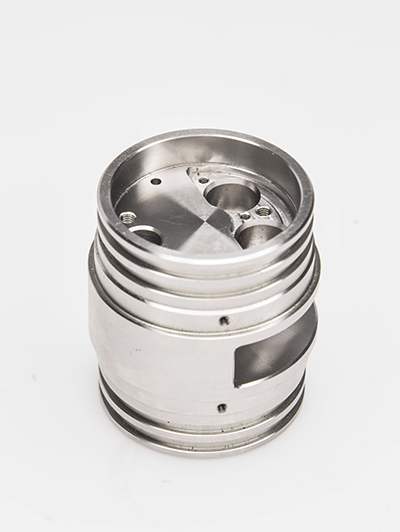Information
Unveiling the Intricate World of Metal Parts Machining
Metal parts machining is a fundamental process in modern manufacturing, acting as the cornerstone for countless industries. This intricate art - science blend transforms raw metal materials into precisely crafted components that power everything from cars and airplanes to the smallest electronic devices.
The journey of metal parts machining begins with a detailed understanding of the metal's properties. Different metals, such as steel, aluminum, and copper, have unique characteristics like hardness, ductility, and thermal conductivity. For instance, steel is renowned for its high strength and durability, making it ideal for manufacturing machine parts that endure heavy loads. In contrast, aluminum's lightweight nature and good thermal conductivity make it a top choice for components in the aerospace and automotive industries where weight reduction is crucial. Machinists must carefully consider these properties when selecting the appropriate metal for a specific part.
One of the primary methods in metal parts machining is cutting. This involves using sharp - edged tools to remove material from the metal workpiece. Turning is a common cutting operation, where a lathe rotates the workpiece while a cutting tool shapes it into a cylindrical form. This is often used to create shafts, bolts, and other round - shaped parts. Milling, on the other hand, uses a rotating multi - edged cutter to remove material from the workpiece, allowing for the creation of complex shapes, slots, and holes. CNC (Computer Numerical Control) machines have revolutionized the cutting process. These automated machines follow programmed instructions to perform highly accurate cutting operations, minimizing human error and ensuring consistent quality.
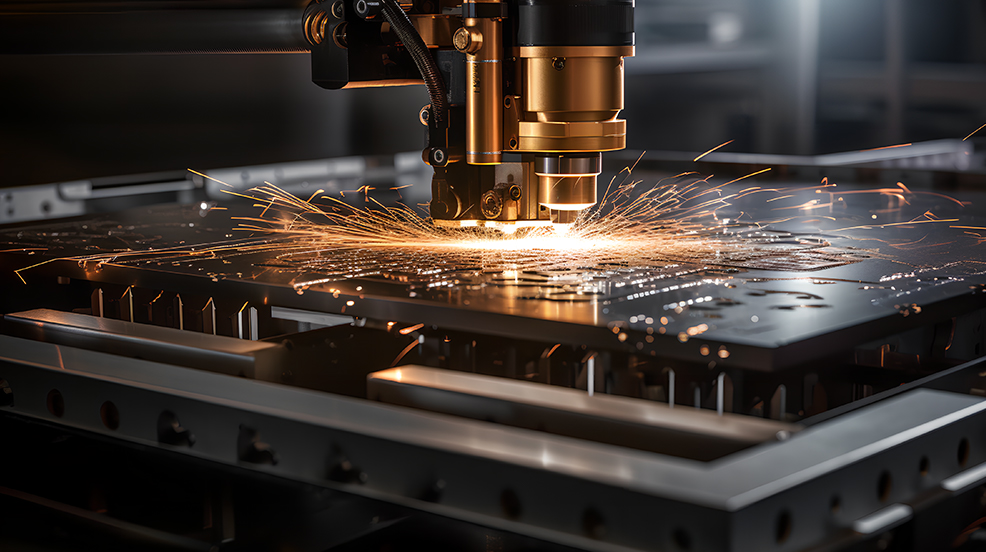
Drilling is another essential operation in metal parts machining. It is used to create holes in metal components for various purposes, such as fastening or fluid passage. The choice of drill bit material and its geometry is crucial, as it affects the quality of the hole and the efficiency of the drilling process. For hard metals like stainless steel, carbide - tipped drill bits are often used to ensure smooth and accurate hole - making.
Surface finishing is the final touch in metal parts machining. It not only enhances the appearance of the part but also improves its functionality. Processes like grinding, polishing, and plating are commonly used. Grinding is used to achieve a smooth and precise surface finish by removing a thin layer of material from the part's surface. Polishing takes it a step further, creating a mirror - like finish that is not only aesthetically pleasing but also reduces friction and corrosion. Plating, such as chrome plating or nickel plating, adds a protective layer to the metal, increasing its resistance to wear and tear.
The applications of metal parts machining are vast and diverse. In the automotive industry, metal parts machining is used to produce engine components, transmission parts, and chassis components. The high - precision machining of these parts is essential for the performance, reliability, and safety of vehicles. In the aerospace industry, metal parts machining is used to manufacture critical components such as turbine blades, engine casings, and structural parts. These parts must meet extremely strict quality and precision standards to ensure the safety and efficiency of aircraft.
In conclusion, metal parts machining is a complex and crucial process that drives the development of modern industries. With continuous advancements in technology, the future of metal parts machining looks promising, with even higher precision, greater efficiency, and more innovative manufacturing techniques on the horizon.
Enhancing Efficiency in Aerospace Technologies
1. Implementing advanced automation and robotics: By utilizing automated systems and robotics in aerospace technologies, tasks can be performed more quickly and accurately, leading to increased efficiency. This includes automated systems for manufacturing, inspection, maintenance, and handling of materials.2. Adopting digital twin technology: Digital twin technology allows for real-time monitoring and simul...
Cutting-edge Machining of Unique Materials
Advancements in technology have allowed for the cutting-edge machining of unique materials that were previously difficult to work with. This has opened up new possibilities for manufacturing industries, allowing for the production of components and products that were once thought to be impossible.One such material that has benefited from cutting-edge machining techniques is carbon fiber. Carbon fiber is a l...
Enhancing Efficiency in Aerospace Technologies
1. Implementing advanced automation and robotics: By utilizing automated systems and robotics in aerospace technologies, tasks can be performed more quickly and accurately, leading to increased efficiency. This includes automated systems for manufacturing, inspection, maintenance, and handling of materials.2. Adopting digital twin technology: Digital twin technology allows for real-time monitoring and simul...
Cutting-edge Machining of Unique Materials
Advancements in technology have allowed for the cutting-edge machining of unique materials that were previously difficult to work with. This has opened up new possibilities for manufacturing industries, allowing for the production of components and products that were once thought to be impossible.One such material that has benefited from cutting-edge machining techniques is carbon fiber. Carbon fiber is a l...
Shape accuracy detection
In addition to dimensional accuracy, the shape accuracy of the parts cannot be ignored. Detect shape errors such as roundness, cylindricity, and flatness of parts using equipment such as roundness meters and contour meters. For example, when processing high-precision bearing rings, the accuracy of roundness and cylindricity directly affects the rotational accuracy and service life of the bearing.
Dimensional accuracy testing
Using advanced measuring tools and techniques, such as coordinate measuring instruments, optical imagers, etc., to accurately measure the dimensions of parts. For precision parts, dimensional tolerances are usually controlled at the micrometer level, so high-precision measuring equipment is required to ensure the accuracy of the test results. For example, when processing precision molds for mobile phone chi...
- +86 13603025252
-

WhatsApp
- info@jiujucnc.com


